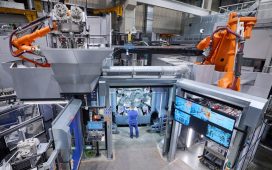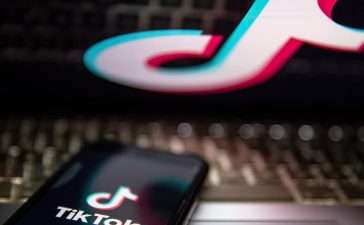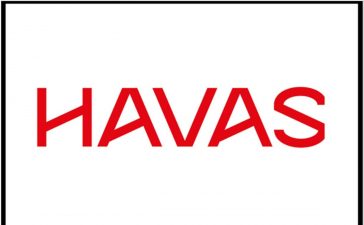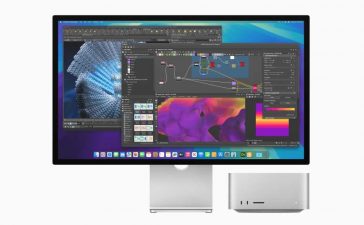General Motors is dealing with a lot right now: a slowing EV business, delays in battery manufacturing, a safety crisis with its robotaxi unit, Cruise, and financial headwinds from the monthslong autoworker strike. On top of it all, its stock price is still struggling to get back to where it was this summer before the strike started.
With all that in mind, GM CEO Mary Barra hopped on a call with investors early Wednesday to address these compounding challenges and assure them that they have a number of fixes in mind. Costs will be reined in, factories will be delayed, and stock buybacks will recirculate cash to shareholders. It’s a crucial moment for GM, which is locked in a tight race with Ford, Tesla, and others to develop EVs and roll out autonomous driving safely and profitably.
Costs will be reined in, factories will be delayed, and stock buybacks will recirculate cash to shareholders
Barra said she is “disappointed” with the slow pace of its Ultium battery development, which is supposed to underpin the company’s forthcoming lineup of EVs. She is “not satisfied” with GM’s low stock price. And the Cruise “incident,” in which a driverless vehicle drug a pedestrian 20 feet after she was struck in a hit-and-run, is now under independent review, but the robotaxi company will be smaller and slower going forward.
“We will be very transparent with what our go-forward plan is,” Barra said. “But I think there’s been some concern about when that comes.”
Cruise, in particular, was under the microscope. The company has paused all robotaxi operations in the aftermath of the incident in San Francisco in October. Two top executives, CEO Kyle Vogt and chief product officer Dan Kan, have resigned, and the company has said that layoffs will be coming.
In the call, GM offered more details on Cruise’s uncertain future. The company hired two outside law firms to review Cruise’s safety protocols as well as determine whether Cruise purposefully withheld video footage from the California DMV of its driverless vehicle dragging the hit-and-run victim to the side of the road. The company issued a voluntary recall of all 950 Cruise vehicles earlier this month to update the software to prevent similar incidents in the future.
Photo by Tayfun Coskun / Anadolu via Getty Images
GM has lost $8.2 billion on Cruise since 2017 but expects to lose much less going forward. The automaker didn’t share specific cash reductions, but chief financial officer Paul Jacobson said it would likely amount to “hundreds of millions” of dollars.
“We are projecting to have a little bit of a narrower scope as we focus in on safety and scaling up in a much narrower view,” Jacobson said.
But unlike some of its competitors, GM is not pulling out completely from the autonomous vehicle business. “We’re going to be very deliberate about how we go forward,” Barra said, adding that when Cruise restarts its operations, it will be in only one city. The company also will need to “build trust” with local leaders and first responders, Barra said, in a nod to complaints from San Francisco officials that Cruise’s vehicles obstructed city operations.
“There’s been a lot of uncertainty in our industry and frankly, we didn’t execute well this year”
On the Ultium battery delays, Barra was blunt in her assessment. “There’s been a lot of uncertainty in our industry and frankly, we didn’t execute well this year, as it relates to demonstrating our EV capability and the capability of Ultium because of the module manufacturing automation equipment issues that we had,” she said. “So I’m disappointed in that. I think that has created some concern.”
Recently, GM said it would delay production of its upcoming slate of electric pickup trucks at its plant in Michigan’s Orion Township by “a few months.” Barra assured investors that the issues with Ultium manufacturing were being resolved.
“Our module production issue is not really related to Ultium,” she added. “As I’ve said before, it is really an automation manufacturing issue.”
Barra said that while EV growth has slowed, demand is still heading in the right direction, noting that US car buyers were on track to purchase 1 million EVs this year for the first time.
“There’s really no reason that EV demand won’t be higher in the years ahead,” she said. “Consideration is rising, the policy environment is favorable. The public charging infrastructure is growing and customer choice is expanding.”
She also acknowledged that the recent contracts with the United Auto Workers union are spooking investors because of their associated costs. GM estimates that the new contracts will result in added labor costs of around $500 per vehicle in 2024 and $575 on average over the life of the contract. The company also expects to raise battery costs by about $3 per kilowatt-hour, but it still expects to achieve “mid-single digit profitability” on its EV business by 2025.
GM expects to reduce net costs by $2 billion through 2024, which includes lower salaries, lowering marketing expenses, and additional overhead reductions. And tellingly, Barra also managed to slip in some praise for the company’s internal combustion engine vehicles, which continue to generate profits for the company at a time when costs are rising across the board.
“Our strong ICE business that frankly has gotten stronger, and we still believe there’s growth there,” Barra said.
GM has said it expects to go completely carbon neutral by 2040.











